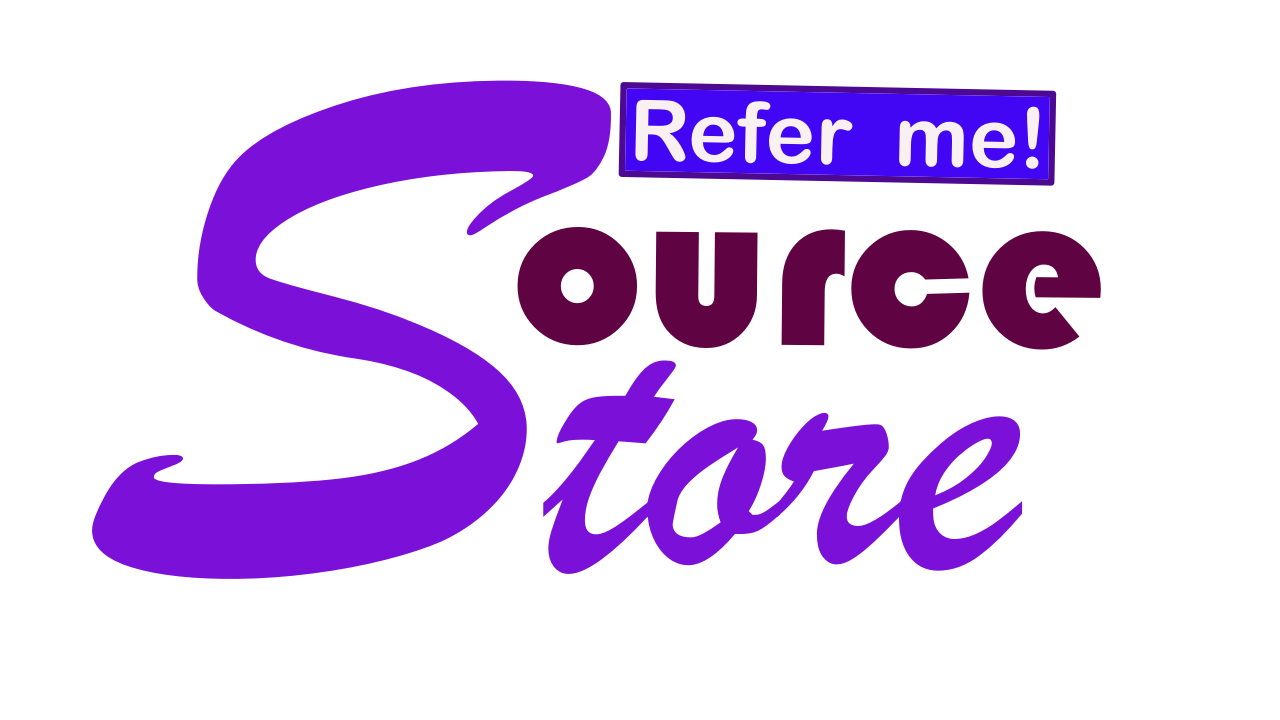Introduction:
Language has long been a barrier to global communication and understanding. However, with the rapid advancements in technology, we are witnessing the rise of real-time translation technology that promises to break down language barriers and connect people from diverse backgrounds like never before. In this article, we will explore the inspiring world of real-time translation tech and delve into real-life examples that showcase its transformative power in various contexts.
1. Travel and Cultural Exchange:
Real-time translation tech is revolutionizing the way we travel and experience different cultures. Language translation apps and devices enable seamless communication with locals, allowing travelers to navigate foreign lands, engage in conversations, and immerse themselves in the local culture.
Real-life Example: Google Translate offers a smartphone app that can instantly translate text, voice, and even real-time conversations. Travelers can use the app to communicate with locals by speaking or typing, bridging the language gap and fostering cultural exchange.
2. Business and Global Collaboration:
Real-time translation technology has become a game-changer in the business world. It enables organizations to collaborate with international partners, conduct global meetings, and overcome language barriers during negotiations. This facilitates smoother communication, improves efficiency, and expands business opportunities on a global scale.
Real-life Example: Microsoft Translator provides a real-time translation feature for its Microsoft Teams platform. This allows participants from different countries to communicate in their native languages during video conferences, promoting effective collaboration and eliminating language-based misunderstandings.
3. Education and Learning:
Real-time translation tech is transforming the way we learn languages and promoting cross-cultural understanding. Language learning apps equipped with translation features offer personalized language lessons and immersive experiences, helping learners communicate with native speakers and develop fluency in real-life contexts.
Real-life Example: Duolingo, a popular language learning app, incorporates real-time translation exercises. Learners are presented with sentences or phrases to translate, providing them with practical language skills while contributing to real-world translation projects.
4. Accessibility and Inclusivity:
Real-time translation technology is empowering individuals with hearing impairments or speech difficulties to communicate more effectively. By providing instant translation of spoken words into text or sign language, these advancements break down communication barriers and promote inclusivity.
Real-life Example: Ava, an app for individuals with hearing impairments, utilizes real-time speech recognition and translation technology. It transcribes spoken words into text, allowing users to follow conversations and participate in real-time, overcoming the challenges imposed by their hearing loss.
5. Social Interactions and Integration:
Real-time translation tech fosters social interactions and integration among diverse communities. It allows individuals from different linguistic backgrounds to communicate effortlessly, fostering understanding, empathy, and connection.
Real-life Example: The Pilot earbuds, developed by Waverly Labs, offer real-time translation for face-to-face conversations. These wireless earbuds use machine learning algorithms to translate spoken words, enabling natural and fluid communication between individuals speaking different languages.
Conclusion:
The rise of real-time translation tech has brought us closer to a world without language barriers. With its transformative power in travel, business, education, accessibility, and social interactions, this technology is reshaping the way we communicate and understand each other. Real-life examples demonstrate the potential of these advancements, from language learning apps to translation features integrated into everyday devices.
As real-time translation technology continues to evolve, the future holds endless possibilities for seamless global communication, cultural exchange, and collaboration. By embracing these advancements, we can foster a more inclusive, interconnected, and understanding world, where language is no longer a barrier but a bridge to unity. So, let's celebrate the rise of real-time translation tech and embark on a journey towards a more globally connected society.

